-277 Superior Criterion Ambulance with Flashing Light (1962-68)
The no. 277 Superior Criterion Ambulance with Flashing Light (ill.1) was introduced a quarter of a year later, in December 1962, than its basic all cream predecessor no. 263 Superior Criterion Ambulance (2) of September that year. Meccano Magazine announced its arrival in the December issue indeed, accompanied by an illustrated story by The Toyman on pages 490 and 491 (3-4).
Catalogues of 1962 show the no. 263 only, the younger no. 277 joined in the 1963 catalogues, where they were both advertised on one page with obvious differences in colour finishes, flashing/dummy lights, white/black tyres and transparent/closed rear windows (5, 6, 7).
The new style box for no. 277 (8) was considerably more luxurious than the traditional and weaker end flaps box of no. 263 (9), now being lidded and made of sturdy cardboard. A packing piece inside (10- 11) keeps the model in place in its spacious box, pressing down the bonnet and tail, and the body is covered on top by a semi-cut-out tag piece as an extra protection and separation from the added information sheet, an instruction in three languages for fitting the battery and bulb. As an extra protection for the light on top an often missing tiny cardboard roundel should be inserted in between. The all-yellow underbox can be either glued and smooth (like the one illustrated) or stapled at the short sides. A nice new style model illustration and an action scene are visible on top of the lid (12) and some more information about the real-world prototype is supplied, printed on the sides of the lid. Also an advice is printed there for using the 1961 introduced smaller 13 mm treaded tyres, especially for use on the new small spun hubs (13-14). An instruction sheet should be included, but it is missing with mine (could anybody add a fine picture of that in this thread + actual size, please?). Below that there is a recommendation for using a 1 ½ V VIDOR V0036 penlight cell battery for the flashing light (although the instruction sheet mentions a Vidor V16 – an intermediary renumbering?).
The working flashing light is shown in a dramatic way in the first attractive, colourful advertisement of the model on the back cover of Meccano Magazine (15). Looking down on the roofs of the congenial models it is apparent that the solid, dummy light of 263 needs a considerably narrower round hole than the new red transparent flashing light of 277 (16). I wonder how this was practised during the long period 1962-1969 in which these models were in production simultaneously. Was an exchangeable temporary casting adjustment available or was the wider hole drilled out after diecasting?
The opening back hatch gave access to the interior of the sleek body, for the patient on stretcher of 263 … and what for at no. 277? Here I have a problem. Although my example is a beauty, the photo (17) shows the only less pristine element of my beauty: the back door of the 277 has been slovenly fixed with some glue by a previous owner, for an unknown reason. Could anybody please tell what the official situation and function should be. I only borrowed a photo found on the internet to show the open back door and a view on the battery berth (18). Besides this deficiency the top rear lights too show some slight paint damage. What happened there?
The base plates of both models are essentially the same. Just an extra, small rectangular hole has been cut out for 277 in order to accommodate a small plastic excentric wheel. For the rest it’s the same (19, 21). Surprisingly, I found an illustration of another example’s base plate, which shows the patent statement upside down in relation to the rest of the embossed text and orientation of the base plate (20). In addition, there are four tiny round holes, as seen on the photos, which have to do with the inside mounting of the battery berth. Remarkable to observe that on my example only two of those holes are in use, filled with tiny round staples, whereas the other example shows all four in use. There are also differences in finish. My 263 is very glossy, the 277 is a kind of satin, and the third one shown is virtually matt. A screw replaces the initial rivet for the 263. By turning it the base opens and offers access to the bulb and the battery, for possible replacement.
Returning to the tiny excentrical wheel, this serves to produce the flashing, alternately switching the light on and off when driving the vehicle. In order to accomplish this the wheel is firmly fixed onto the rear axle by which it is driven. The main rear wheels, on their turn, are understandably also fixed onto the axle for direct propulsion. That’s why the rear axle ends look exceptionally flat. The wheels have simply been pushed, pressed, clamped onto the axle ends. This function of the rear axle excludes the possibily of suspension, so that only the steering front axle is provided with this feature. For hiding the battery from view the rear and back door windows are blinded. Still, the ‘ambulance’ transfers and their positioning remain the same (6-7).
I have added two pictures (22-23) for demonstrating that my 277 must be a very late production, as the die has experienced quite some wear in the mean time: flash, irregular lines and small die adjustments testify to that. Moreover, the initial double side strips have been united to one, filled in (or in fact cut out from the wearing die), a well-known adjustment. To get back to the base plate: the unused tiny holes in the base plate may also testify to some later deliberate simplification and reduction of costs.
Finally, I have always appreciated this model very much for its nice shape, and its sophistication, without losing exactness and attractiveness. Still, I also love its iconic predecessors, the pre- and post-war no. 30f (Bentley) Ambulance and the no. 30h/253 Daimler Ambulance of 1950. The latter must have remained immensely popular, as it was still mentioned in price lists of 1964 and pictured in many 1963 catalogues for the last time, the sturdy British early 1950s Daimler in the unique combination with the flashy American 1960s Pontiac / Superior Criterion ambulances (24).
I could not resist putting the whole three generations family in one still-life at the end (25).
As usual, corrections and additions very welcome! Kind regards, Jan
When I had read your splendid contribution about this beautiful, impressive American Pontiac ambulance, I immediately thought to my police patrol service in Rotterdam South in 1966. We were sent to each accident. These kind of real ambulances where not so common for the Netherlands, but during that time, Rotterdam's GGD used ambulances, also of an American car brand, the Ford Country Sedan. These ambulances were also very impressive in those days. I thought it could be related to this subject.
Kind regards,
Jan Oldenhuis 29-9-2017
Jan
A truly great write-up on this often neglected model. I can certainly relate to the time and effort you have put into preparing the text and uploading the appropriate images!
WELL DONE!
As a "reward", here is the instruction leaflet with a larger version at the end of this Post! I am also including some of my older images of my model, its box and packing pieces.
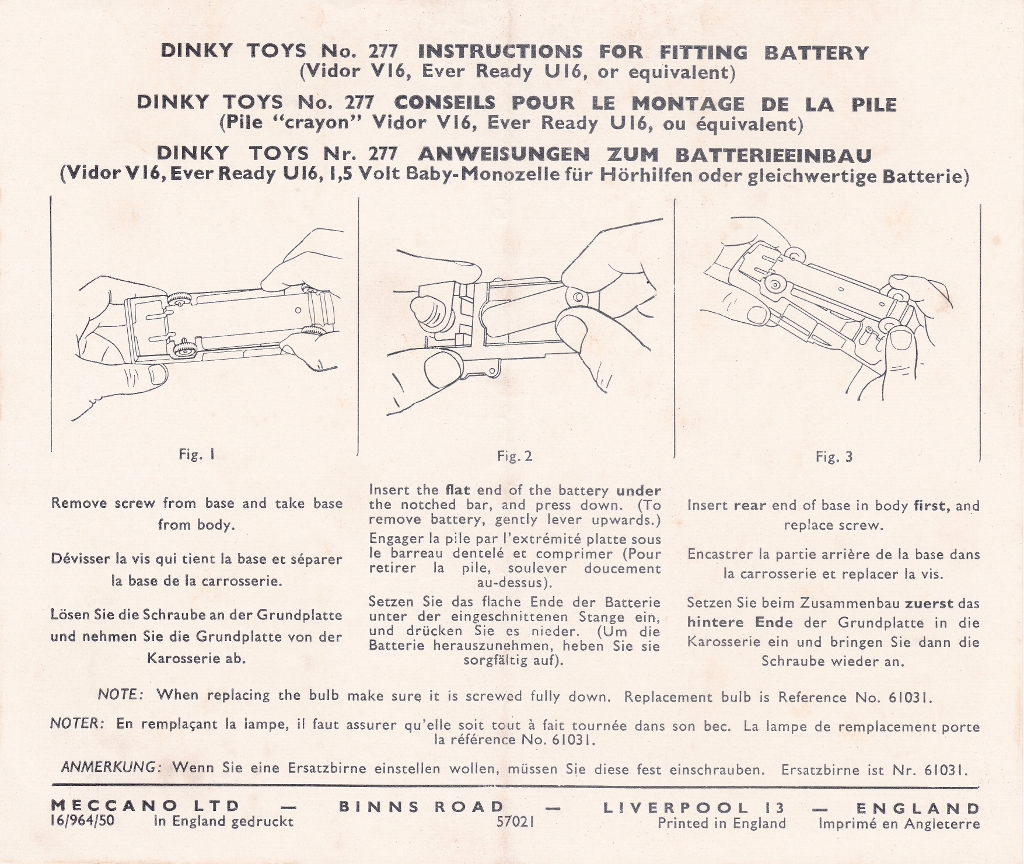
The battery wiring apertures with mine have opposites in use. Unfortunately, when I photographed mine on 12 May 2007, I did not photograph its base, nor how the cardboard retainer was positioned when I opened the box. Another model to re-photograph!
The rear door simply opens to reveal how the darker "trans.styrene" is affixed with a small rivet.
The yellow box base is glued together on mine without the use of any staples and has been very neatly, and carefully made.
An Ever Ready Battery size U16 is the other type of recommended battery, although I have been hard-pressed finding what the equivalent is these days.
The side-stripe on my example is solid although one can see the wear to the die above the line on both front mudguards. Also, the front wheels have no suspension effect at all, as the base plate has a small turned addition that prevents the wheels turning or doing anything except in the direction of travel.
My example has had some slight paint modification with the star symbol between the rear side window and the corner window has been painted gold, and the siren on top has been given a touch-up in silver.
Kind regards
Bruce Hoy (150)
20170110/1165/0227
Thanks very much, Jan and Bruce, for the comments and additional information supplied - and, Bruce, for the leaflet picture, of course. Perhaps you - or anyone else - can find a moment to find out the exact size of the leaflet, so I can scale it and reproduce.
The effort for compiling the text above - albeit in my best English here - was the same as (or more or less similar to) the piece for my private catalogue, so that's killing two birds with one stone, so no problem at all.
I made some new unveiling photos of my example. Initially, I did not want to 'violate' the model by opening it. But, finding that the screw was not very firmly fixed, I dared to open the model. Now it appears that indeed the mounting of the hinge, the rear part of the windows unit, broke down some time, probably early in its life (which may have prevented the model from being played with after that and saved it in this fine condition). The cast part of the rear door hinge is broken too. Although I'm not really very clumsy myself, I have contacted a professional miniatures restorer to have this repaired and also freed from spilled glue.
For one photo below I have used a poor example, which I was given some time ago by a former colleague. This one will have a treatment too, and we agreed that it will get a completely new appearance by giving it the same grey colour as the early no. 30f Ambulance, the grey counterpart of the more common cream version, with deep red strips and interior.
The interiors show interesting details and the 'wreck' available made this comparison easy. Now it is very clear that the holes for the lights are very different in size indeed. My 'wreck' is an early one, having the double, divided strips alongside. It shows the name 'SUPERIOR' in a suble lettering down below the bonnet. My (later) 277 doesn't show that anymore, so probably due the wear of the die it must have been decided to remove the rather faint model short name there. The windows section is exactly the same for both of them. The main spigot in front is now provided with a hole with a worm of the screw. For the 277 the interior has been cut back and only a short piece for accommodation of the driver and assistant and dashboard remains. Not visible is the solution of the spring plate for the suspension ending well in front of the rear axle, just about half a centimeter behind the little round mounting staple in the center of the base plate, immediately at the front of the battery container. The front axle only has some suspension facility, not the rear axle. The greyish plastic container for the battery - and support of the flash light - is fixed as expected at only two of the four holes available.
Finally, Bruce, your packing piece is obviously different from mine. I have taken a new photograph to make that better visible and added another carmodel.com picture in order to show the stapled version of the underbox. Kind regards, Jan
Greetings Jan
The leaflet is 149mm x 126mm in size, with the paper being of a thick, glossy type. The printer's code 16/964/50 indicates that my leaflet is a reprint as the code should show December 1962 or a month or two earlier. The "50" I presume means 50,000 copies. It would be marvelous if an earlier printing leaflet could be found which could help in estimating the number of models Meccano actually produced for the 277.
In regard to the internal packing piece, I am not sure how your example would work with the additional circular cardboard ring to protect the light, unless the ring is installed under the outer cardboard insert. The packing piece for my model was difficult to install correctly, but following a few attempts, it suddenly slid into place and together with the cardboard ring, the model, surprisingly, is held firm inside the box even though there is space between the sides of the model and the sides of the box. Perhaps the size of the packing piece was reduced to save costs. Your model may have been in the early production batch with mine after September 1964. What a pity that Meccano dispensed with the factory quality control stamps.
Incidentally, I had a chuckle on reading your comments in "Talk Model Toys" on the mobility of the driver and his assistant, "One should not look too deeply inside the driver and attendant’s area, because then it becomes apparent that those poor crippled guys would need to be transported as patients themselves! "
Kind regards
Bruce Hoy (150)
20170110/1166/2326
This is my 277 with box. My example has silver colored door strips, which I have not seen on the examples of Jan and Bruce. The bottom box is with staples. A pencil price of 9/2 is applied on the bottom of the box. I could not find this price in any catalogue or price list to reconstruct the date of release. Maybe it's an export price? I hope somebody knows.
Jan Oldenhuis 5-10-2017.
Nice example too, Jan. Apparently issues with and without silver finished side strips do exist. Kind regards, Jan
I discovered that my 277 has also an inside casting variation. Under the front and rear side, Superior (SUP-IOR) is stamped. Among those of Jan W not. In the middle near the hole a B is stamped. In that of Jan W a D. Jacques, is this something for your DT encyclopedia? I always hope to add a photo to your encyclopedia. Is it this ![]() or this
or this ![]() ?
?
Jan Oldenhuis 7-10-2017.
Hello Jan, your 277 appears to be the same earlier 'state' as my 263, which also shows the cast-in Superior name below the bonnet and 'B' (rather fainly readable) and 'SUPERIOR' moulded in relief in the plastic windows part. Kind regards, Jan W
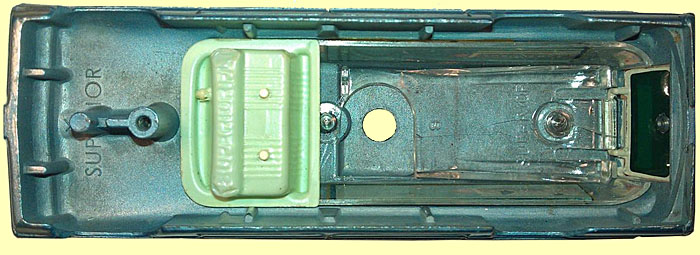
Jan O,
Thank you for the picture, it is ![]()
![]()
![]() and will be part of the Encyclopaedia later today with due signature.
and will be part of the Encyclopaedia later today with due signature.
Jan W,
Does your post mean that later ambulances were cast without SUP IOR ? This does not seem possible unless the bonnet has been made thicker.
Are the letters B and cast in the car body or on the window piece ? If in the casting it does not make sens as there was certainly not a four cavities die for this model but there could have been such a mould for the windows.
Jacques, yes.., thanks for the Encyclopaedia. ![]() I have opened and checked the ambulance for the security again. The letter B and SUPERIOR on the back inside are pressed in the plastic and not in the cast. I think the 277 of Jan W is the same.
I have opened and checked the ambulance for the security again. The letter B and SUPERIOR on the back inside are pressed in the plastic and not in the cast. I think the 277 of Jan W is the same.
Richard, you also have a very nice example with box. I think my light blue is the same as yours. The lighting can make a difference in the pictures. Most 277 ambulances are light blue. Jan W's is darker blue. I personally find that color more beautiful, something more pronounced.
Jan Oldenhuis, 9-10-2017.
Hello Jacques, you certainly have a point there. But the double strips probably being earlier than the combined strips, I could not else but conclude that the one with double strips AND 'SUP IOR' under the bonnet was earlier than the one with combined strip without 'SUP IOR', and an example with combined strips AND 'SUP IOR' chronologically in between. So? Or were there multiple dies in production?
I should have inserted a comma in order to make my previous statement about the moulded 'B' more understandable:
... which also shows the cast-in Superior name below the bonnet, and 'B' (rather fainly readable) and 'SUPERIOR' moulded in relief in the plastic windows part.
Kind regards, Jan
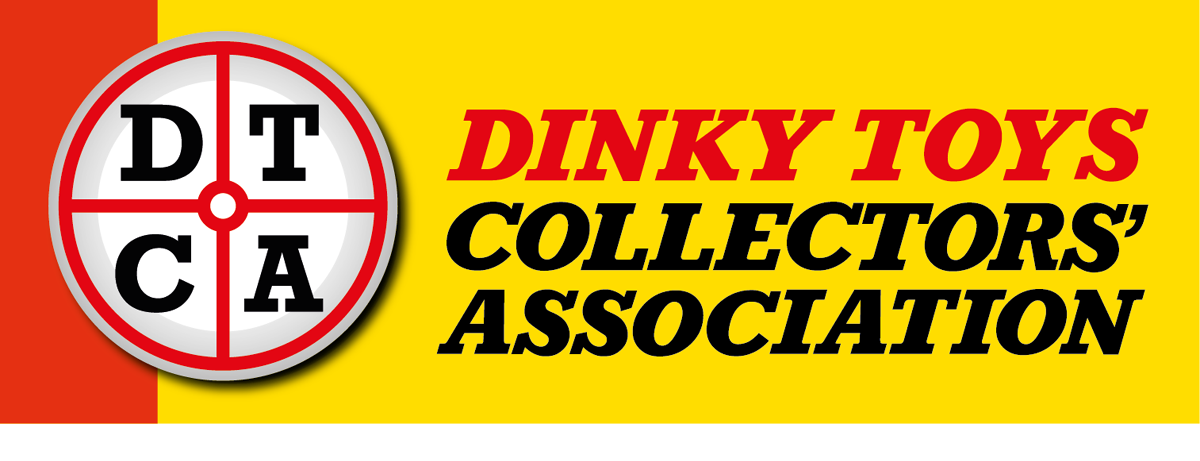



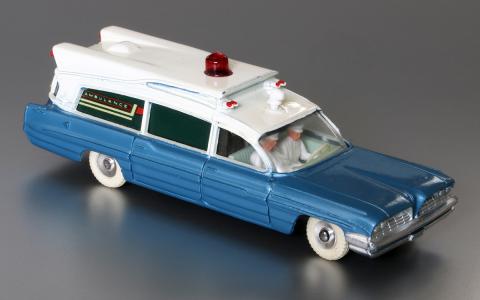
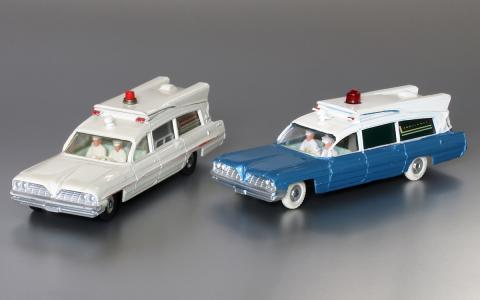
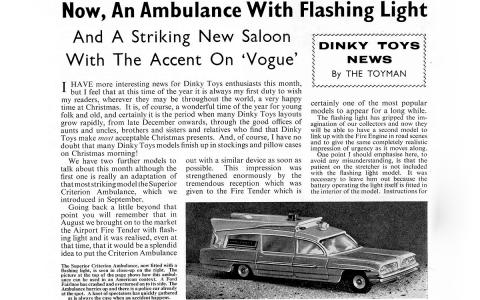
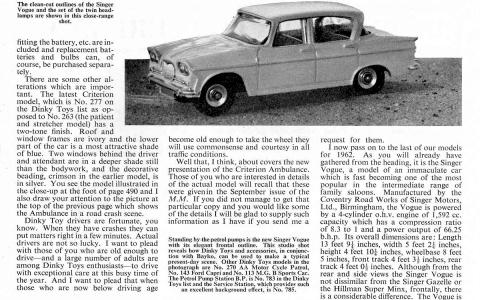
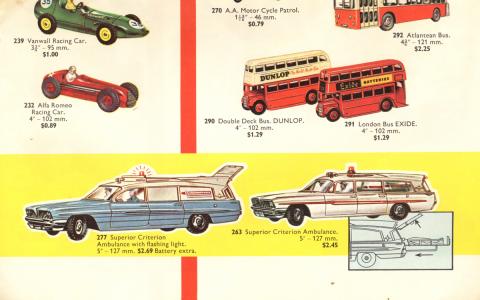
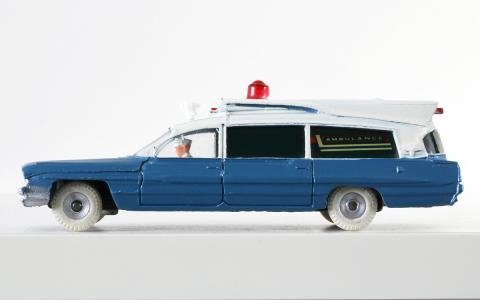
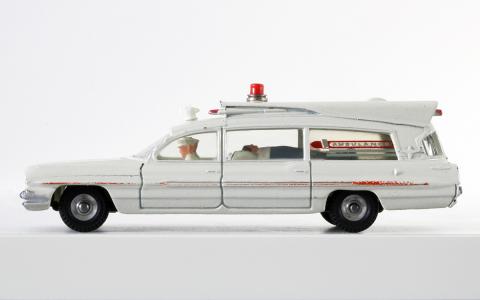
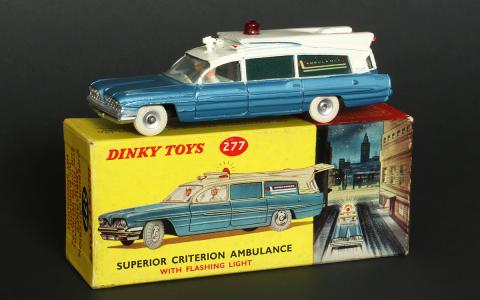
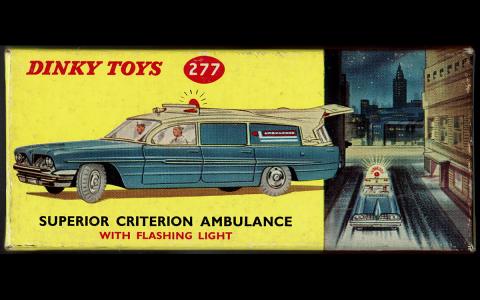
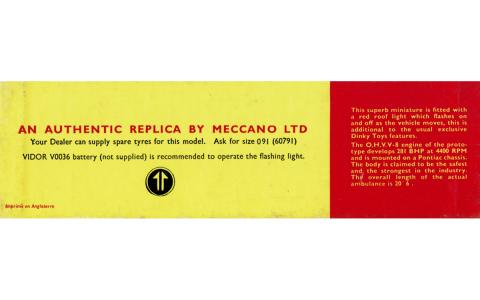

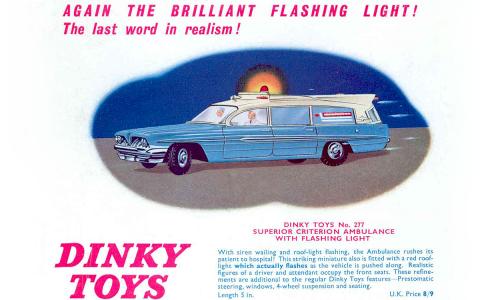

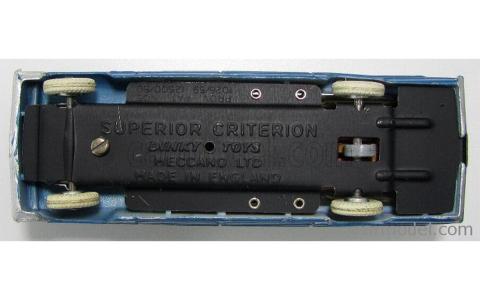



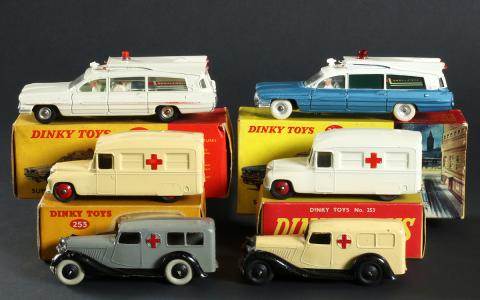

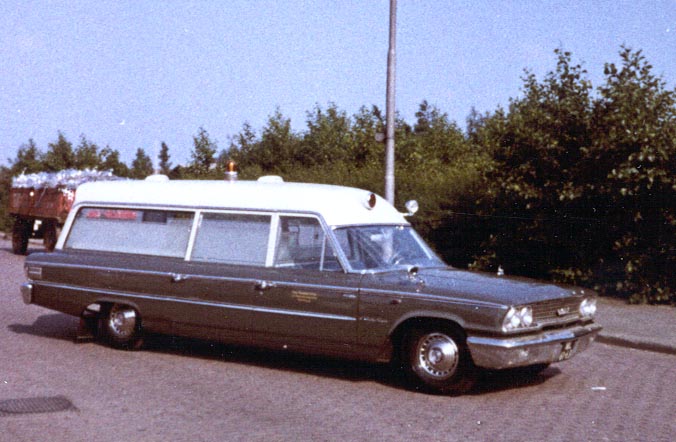
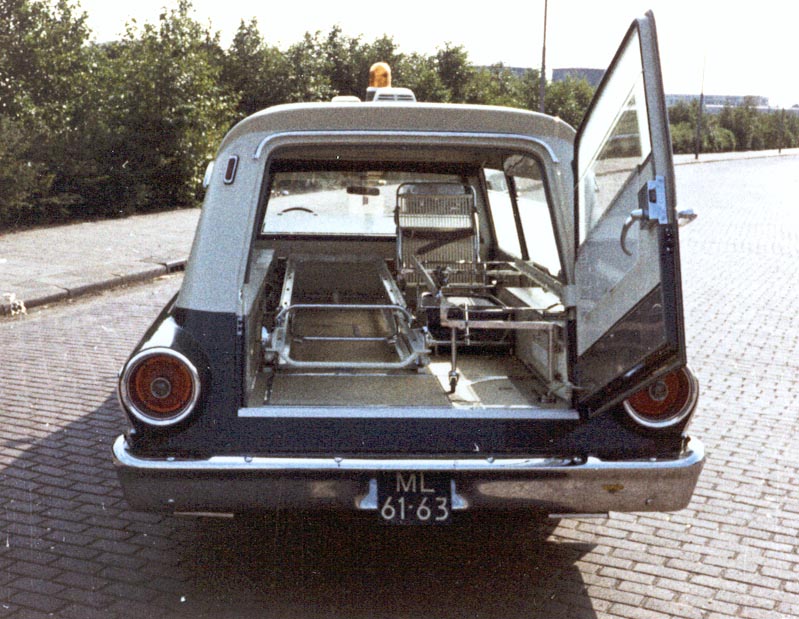

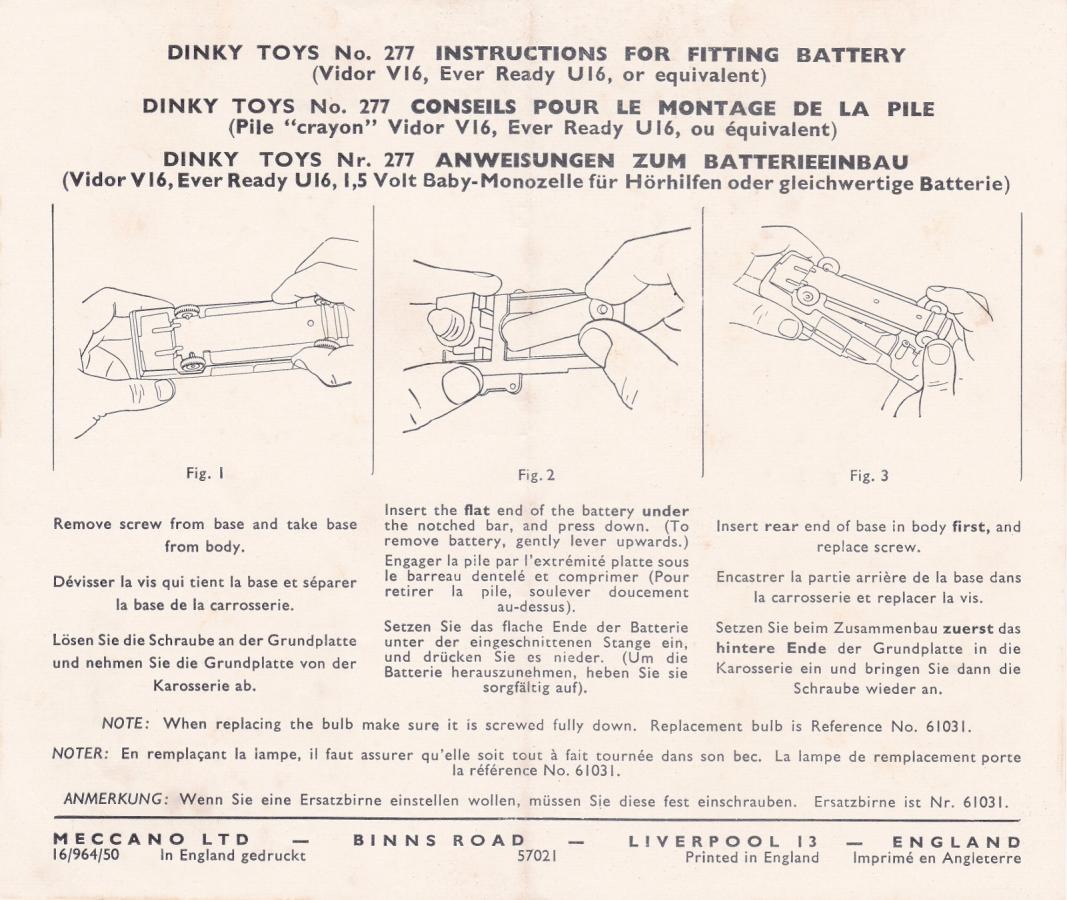

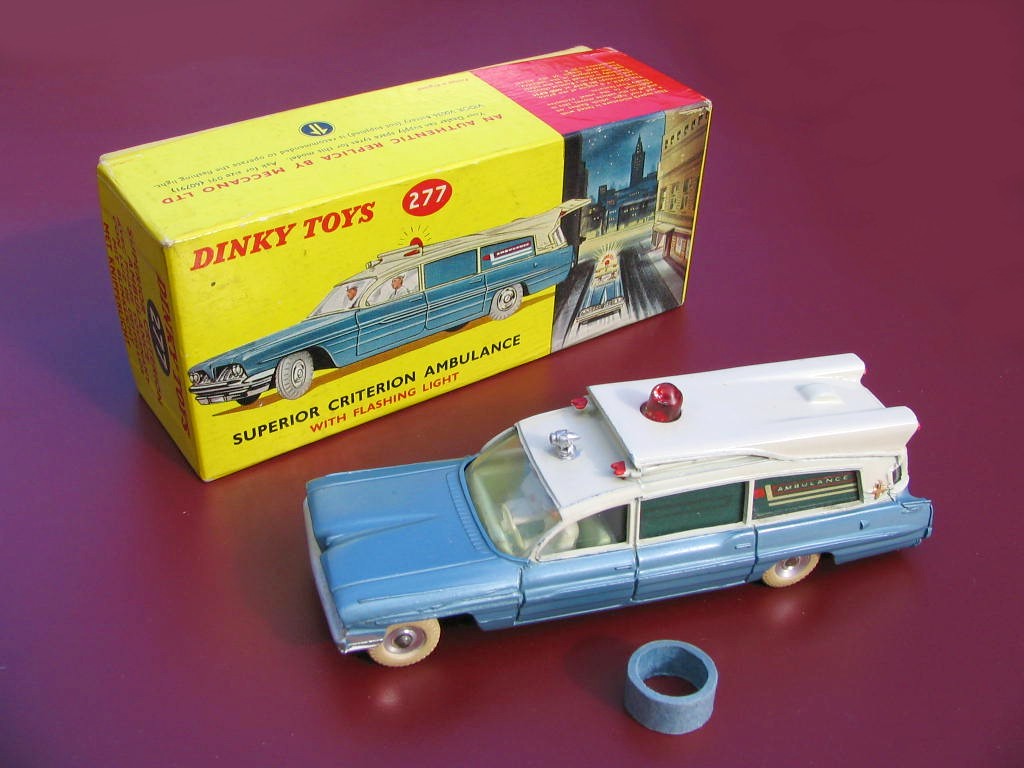
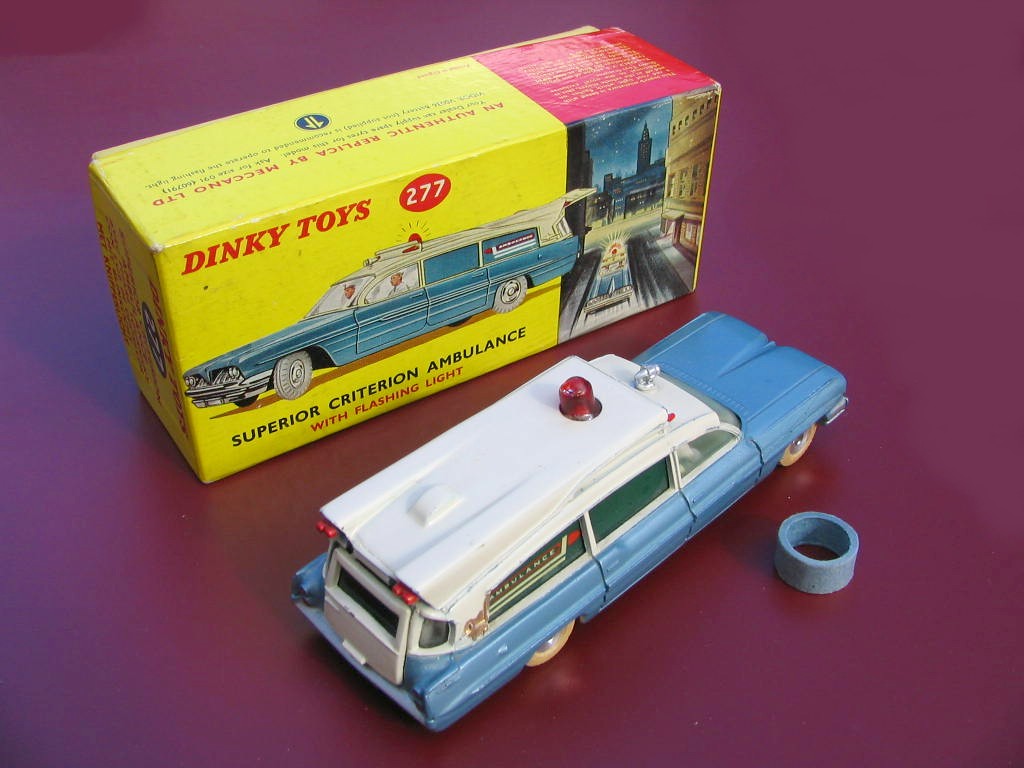

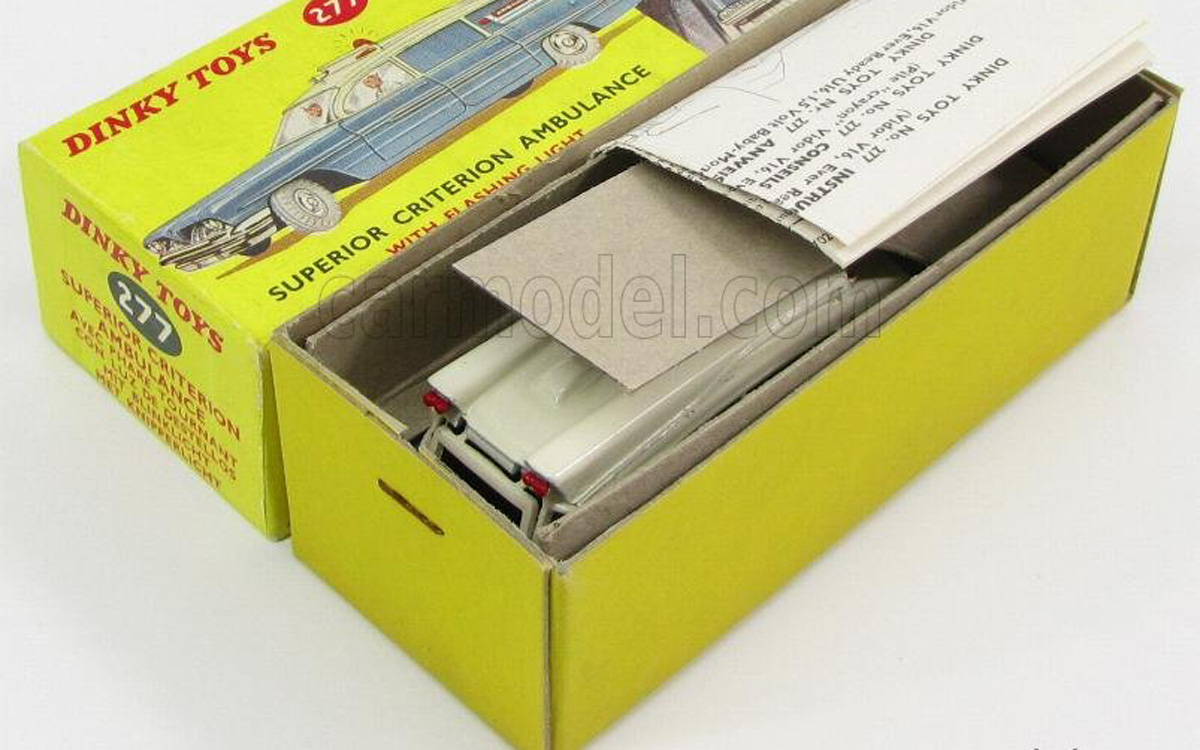
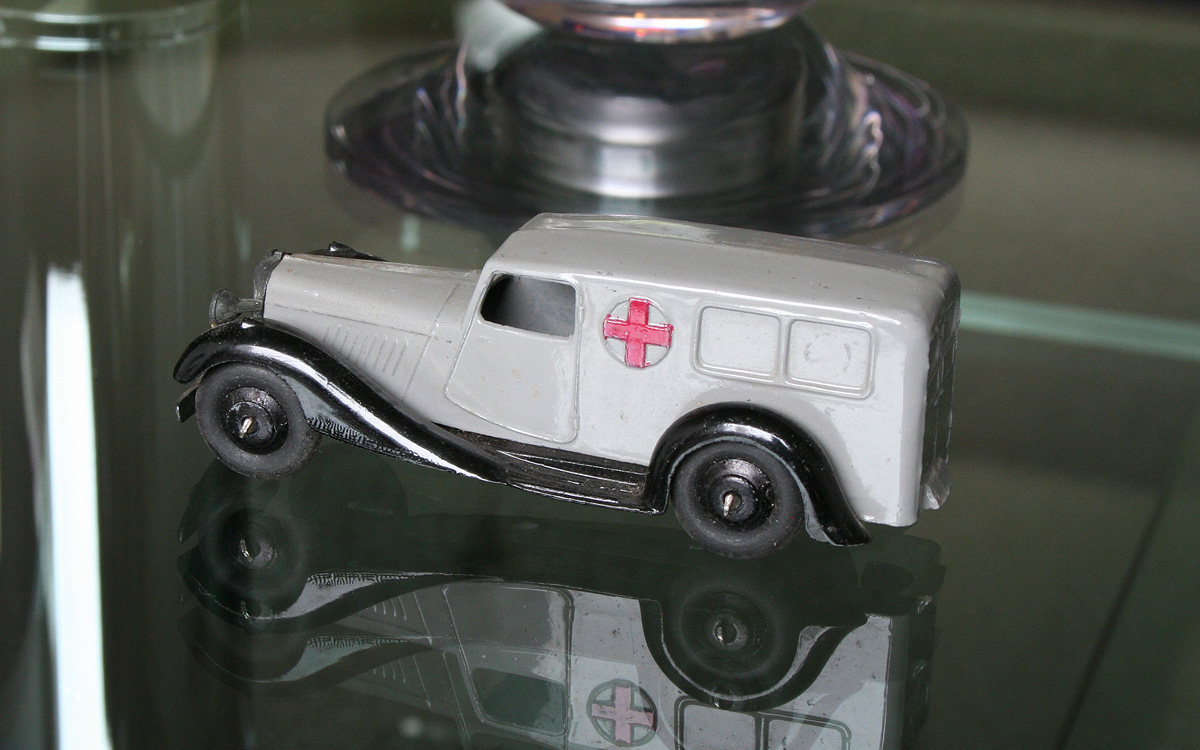
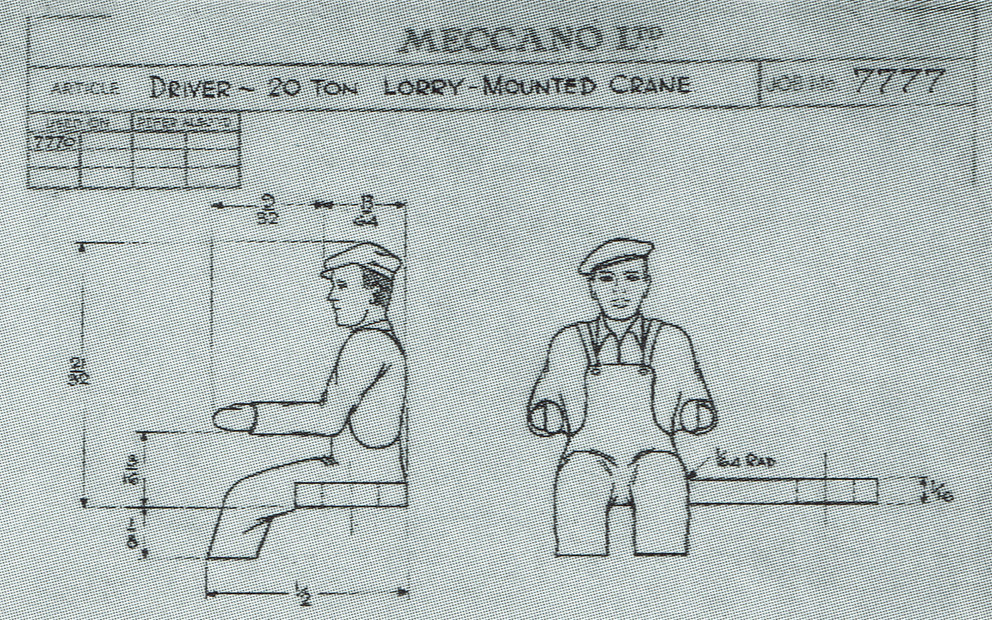

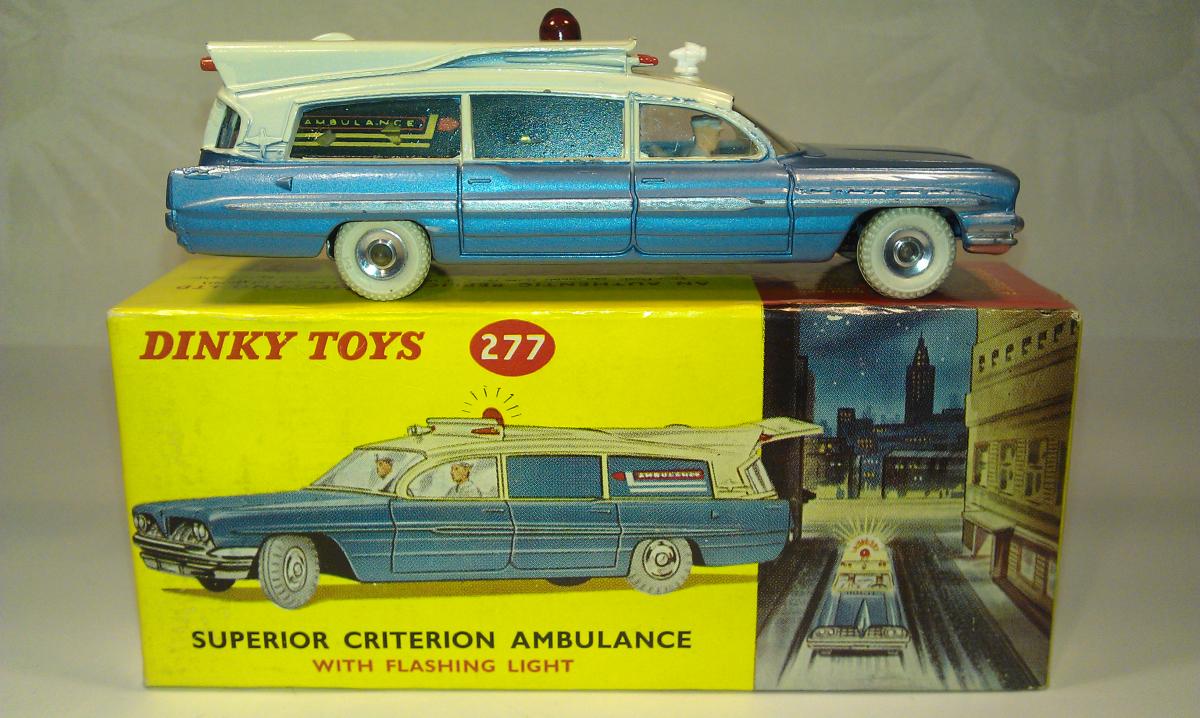
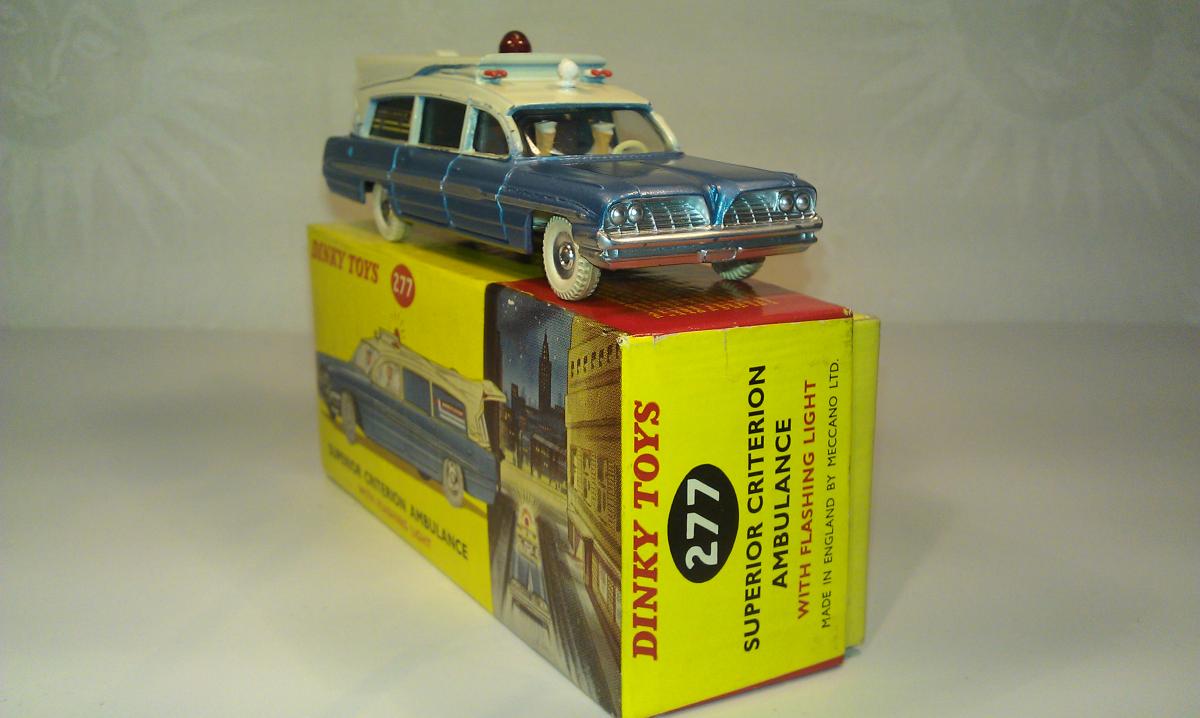
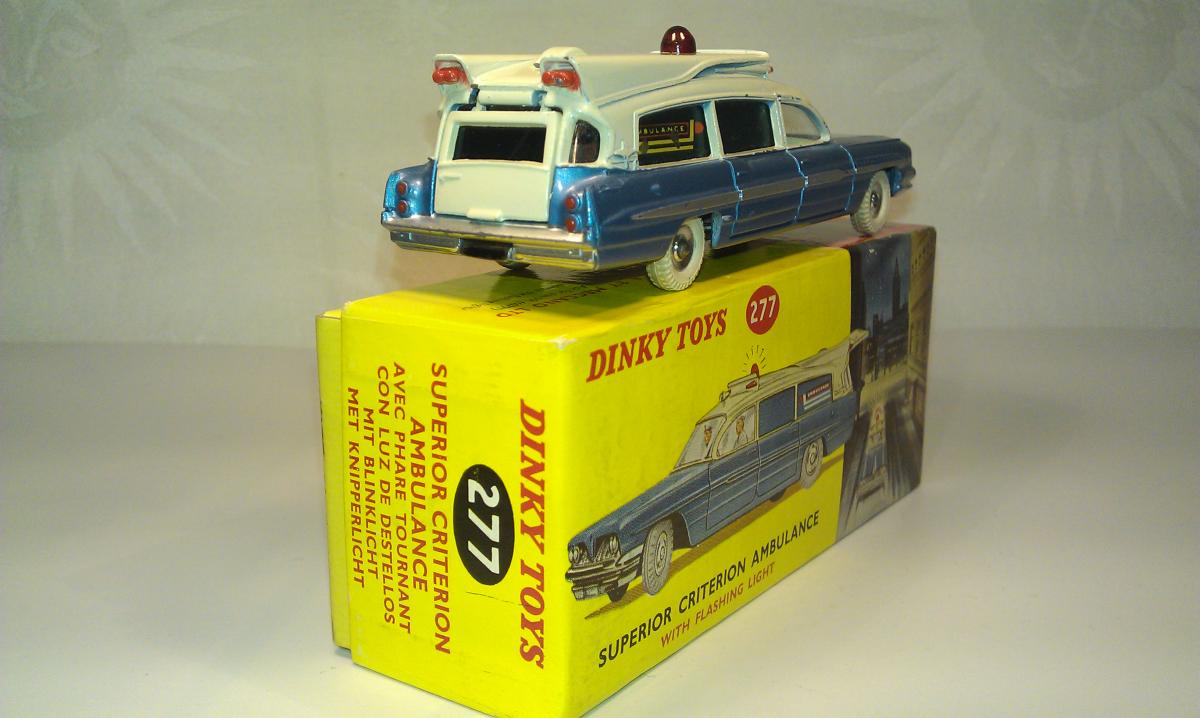
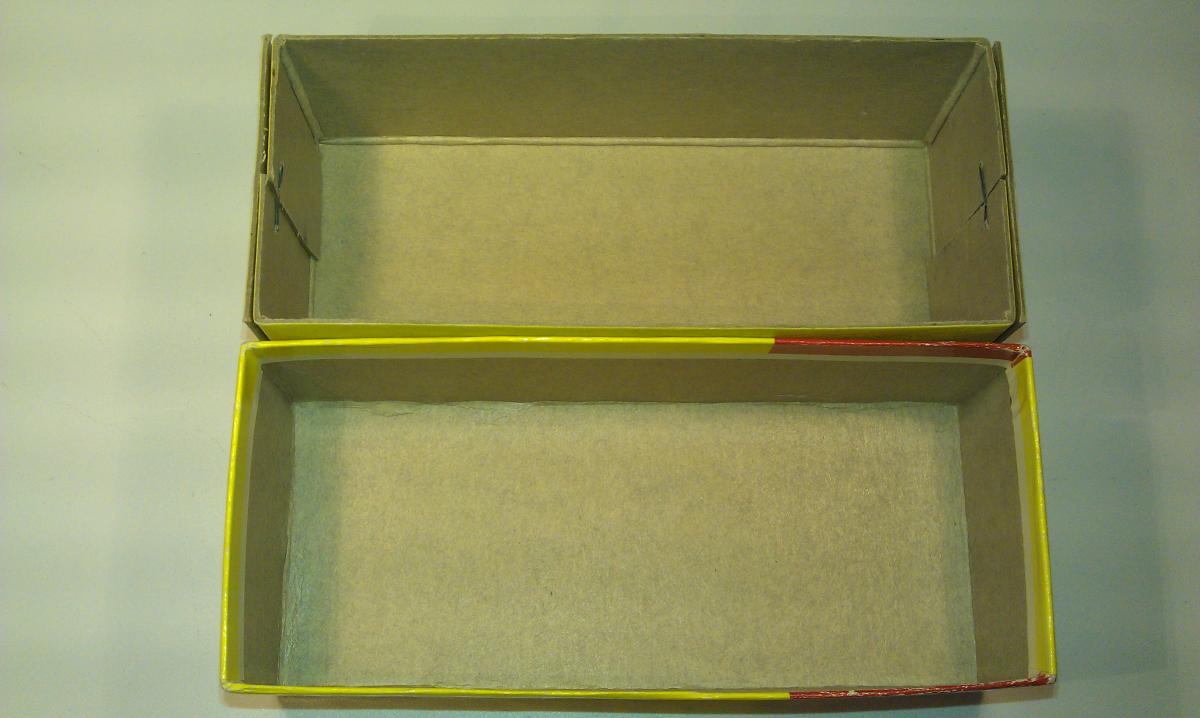

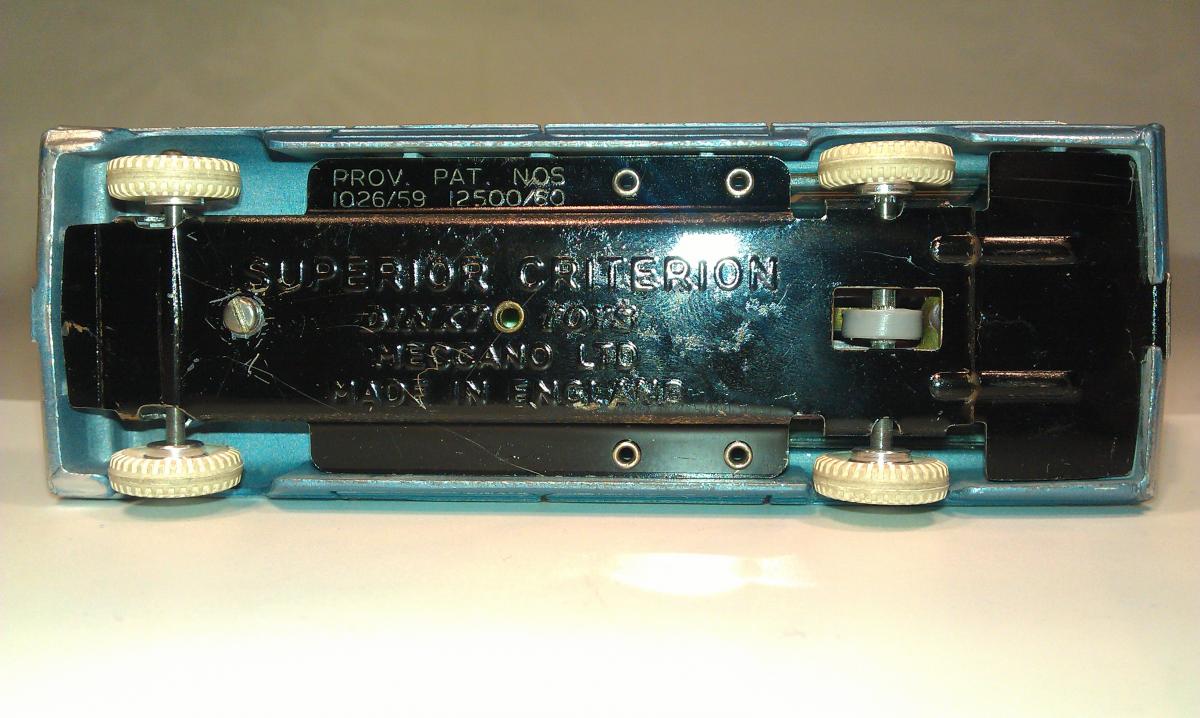



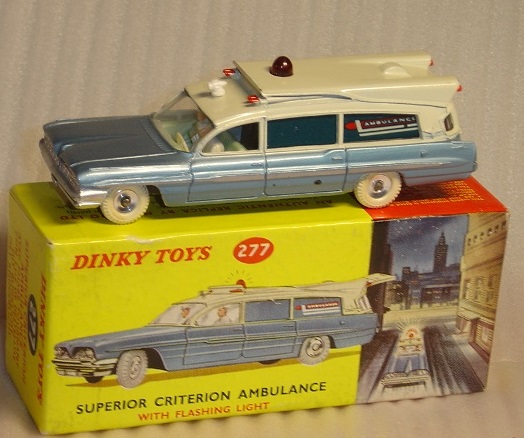
DTCAwebsite upgrade 2023
DTCAwebsite upgrade 2023
DTCAwebsite upgrade 2023
DTCAwebsite upgrade 2023
DTCAwebsite upgrade 2023
DTCAwebsite upgrade 2023
DTCAwebsite upgrade 2023
DTCAwebsite upgrade 2023
DTCAwebsite upgrade 2023
DTCAwebsite upgrade 2023
DTCAwebsite upgrade 2023
--22c Motor Truck (1933-50)
--22c Motor Truck (1933-50)
DTCAwebsite upgrade 2023
DTCAwebsite upgrade 2023
Trailer Caravans
Trailer Caravans
DTCAwebsite upgrade 2023
DTCAwebsite upgrade 2023
DTCAwebsite upgrade 2023
DTCAwebsite upgrade 2023
Trailer Caravans
Trailer Caravans
-138 Hillman Imp (1963-73)
-537 Renault 16 TL
-189 Triumph Herald Saloon (1959-64)
-255 Mersey Tunnel Police Van (1955-61)
DTCAwebsite upgrade 2023
-189 Triumph Herald Saloon (1959-64)
-189 Triumph Herald Saloon (1959-64)
-674 Austin Champ (1954-71)
-674 Austin Champ (1954-71)
DTCAwebsite upgrade 2023
DTCAwebsite upgrade 2023
DTCAwebsite upgrade 2023